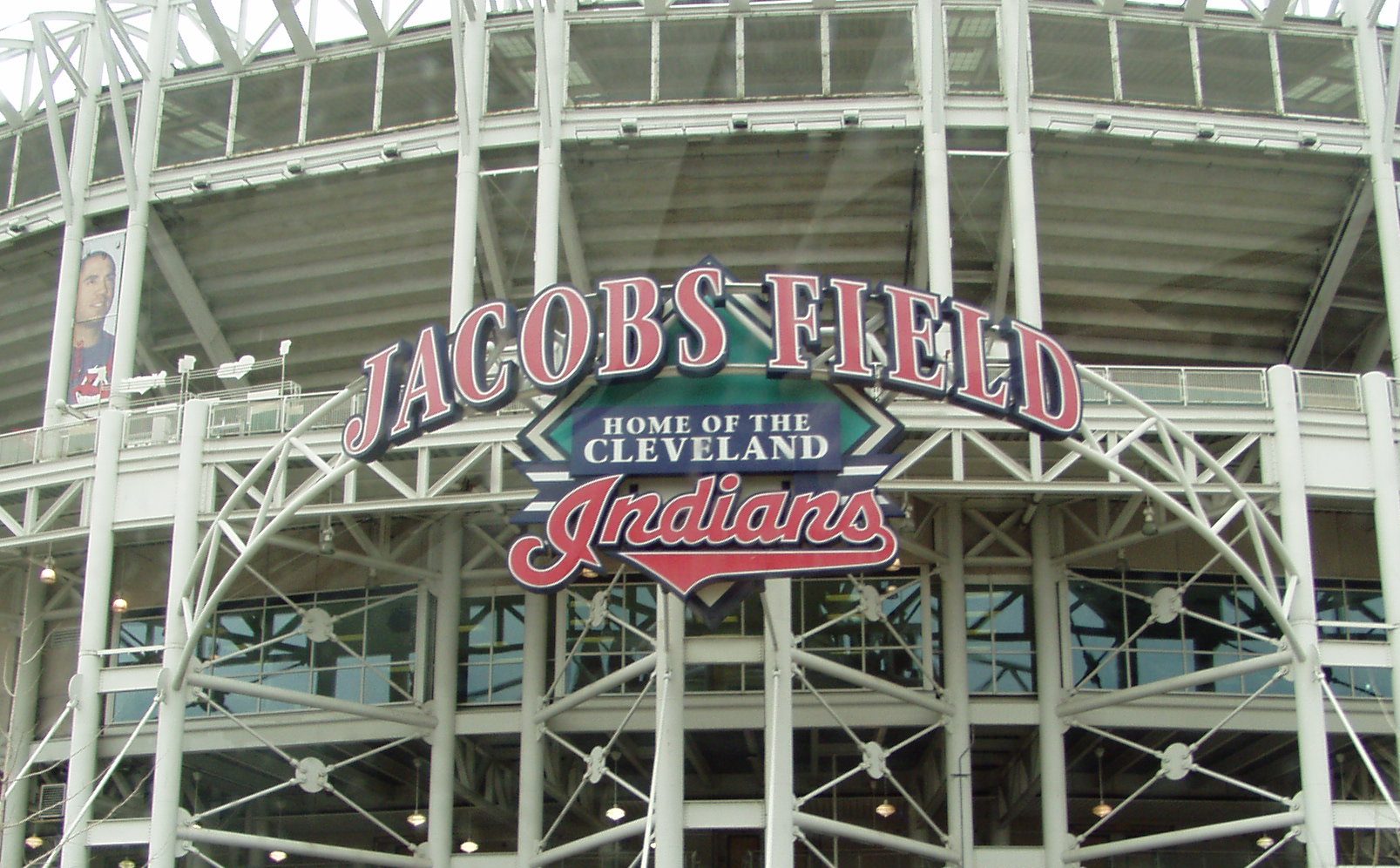When going down in the order of importance of a professional baseball team, it’s easy to say that the GM is the single most important person involved. He drafts the players, signs free agents and extends those already with the team. It is the GM who decides who to bring up from the minors, who to send back down and who to release. The players must do their job, but since all players aren’t created equal, it is up to the GM to construct the best possible team.
At the same time, a GM can only do as much as the ownership lets him. After the first great Indians owner (and GM) Bill Veeck was forced to sell the team in 1949, there was a string of eight owners through 1986, none of whom were willing to spend the way the Indians needed to to turn around the franchise. Yes, Frank Lane decimated the franchise in the late 1950’s and the Gabe Paul and Phil Seghi had some of the worst drafts in baseball, but the Indians were never big movers financially.
This effected not only the team on the field, but the fans in the stands. A team is likely going to be unwilling to spend money that doesn’t exist and the fans aren’t going to show up unless the team spends money to put a decent product on the field. Because of that stalemate, the Indians had both a below average product and a below average field for decades.
This is where Richard and David Jacobs came in. The mini-mall magnates bought the team in 1986 and very quickly moved to improve both the playing situation and the players. The first move was to fix that all important position of GM and Phil Klein, who was hired the year before, was fired in 1987. His replacement, Hank Peters, would actually make many of the moves that the next GM, John Hart would get credit for. It was Peters who traded Joe Carter for Sandy Alomar and Carlos Baerga and drafted Charles Nagy in 1988, Brian Giles and Jim Thome in 1989. He also brought in Hart from Baltimore to be his successor.
At the same time, Jacobs was working on fixing the stadium issue. He worked with the Gateway Economic and Development Committee which got a bond approved in 1990 that would allow Sin Tax dollars to be spent on a new basketball arena for the Cavaliers and a new baseball stadium as well. While this issue is still politically charged, with many believing that a city shouldn’t pay for new stadiums, Jacobs paid for 52% of the construction costs on his own, taking ownership of the building and naming it Jacobs Field.
This stadium would truly be his legacy as many still call it “the Jake” and it has outlasted not only the teams he headed in the mid-1990’s, but many other stadiums built in the same era including those in Atlanta and Texas, where they are already looking for upgrades.
Of course, the problem was twofold and he worked on fixing both sides. In addition to jump starting the minor league system with good drafts and better trades, when it was time to win (conveniently in 1994 when the stadium opened for the first time), Jacobs spent on free agents like had never been done in Indians history. Here, the owner giving a GM freedom to spend is integral and Hart did spend, bringing in the future Hall of Famer Eddie Murray, Dennis Martinez and Orel Hershiser, all huge contributors during the two World Series runs in 1995 and 1997.
This confluence of circumstances, the Indians team success, a beautiful new stadium where you could see the field from every seat, the Browns moving to Baltimore and the Cavs being terrible lead to the Indians breaking the record for consecutive sell outs of 455.
Unfortunately, while this era was extended far beyond what it could have been thanks to Jacobs’ willingness to spend to extend his stars, like Albert Belle, Thome, Nagy, Manny Ramirez and Omar Vizquel, the way it was being sustained was itself, unsustainable. The years of bad drafts returned under Hart as all emphasis was on the Major League product with no thought for the future. At the same time, multiple young stars were traded away for slight advantages at the moment and because they lacked playing time.
While he didn’t bring the franchise a World Series title, Jacobs had completely revitalized the team and also extremely inflated their value. After buying the team for $35M in 1986, he sold it and the stadium for $323M in 2000. At 14 years, the Jacobs ownership of the Indians lasted longer than any other group since 1946 when Alva Bradley sold the team to Veeck. Bringing in nearly 10x the value on his investment, Dick Jacobs handed the reigns over to the Dolan family, who have since lasted 16 seasons and increased the value of the team even further, to $800M according to Forbes in 2016.
Dick Jacobs died in 2009 at the age of 83, but he will likely be remembered as long as the Indians are a franchise. Call it the Curse of Rocky Colavito or whatever you want, the only real thing keeping the Indians down from the 1960’s through the 1980’s was an owner willing to break the cycle. Taking on all the risk, Jacobs didn’t just buy the team to continue the stagnancy and sell three years later, he fixed the franchise and helped bring Cleveland a much needed ballpark that matched any other in the country and remains one of the best today. Tribe fans who were alive in the 1990’s will never forget those teams and all Indians fans for the foreseeable future will appreciate his beauty of a ballpark that looks just as modern today as it did in 1994.
Add The Sports Daily to your Google News Feed!
